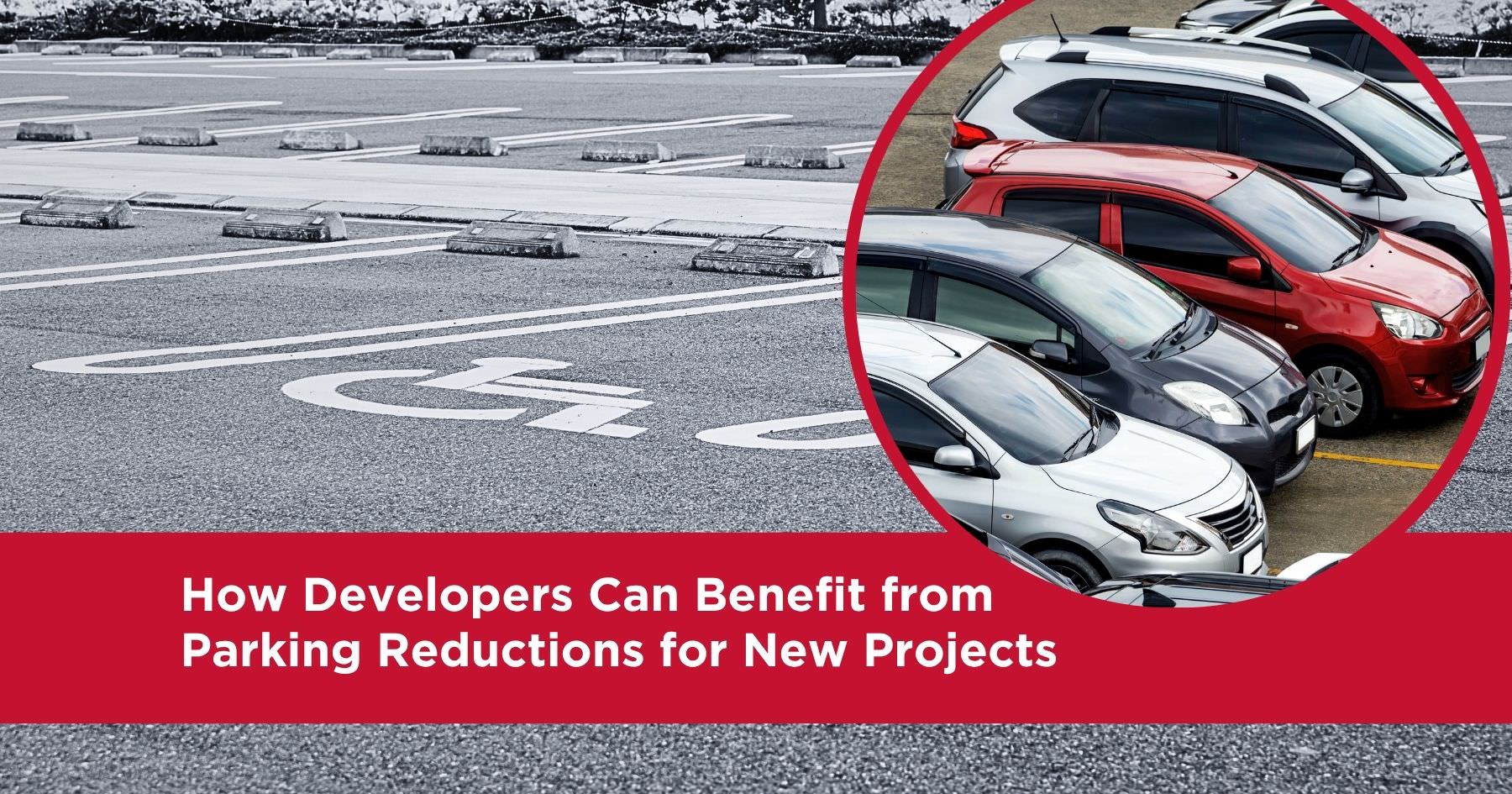Developers understand that building and maintaining parking capacity in new developments is expensive. The fact is, parking reductions can be obtained by having a keen focus on aligning with local regulations, by demonstrating that less parking is justified based on the project design or mix if uses, by taking advantage of unique locations, and through the implementation of robust TDM (transportation demand management) programs.
We asked our team to discuss some of these parking issues.
Q: How important are local zoning requirements, and can these requirements be flexible depending on the approach to project development?
A (Michael Workosky, PTP): Understanding local requirements is critically important when determining if a parking reduction is appropriate. Some regulations have built in flexibility that allows for parking reductions while others require detailed studies with justification and supporting materials for review. We typically use the local zoning requirements as a “baseline condition” at the start of our parking needs studies.
Q: How does the proximity to public transportation impact parking reduction?
A (Michael Workosky, PTP): Non-auto mode share is a factor in each parking reduction, primarily as it relates to auto-ownership. For example, if residents have good transit options that provide access to everyday services, they don’t need to own a car. This reduces the overall parking requirement. An office with good transit means fewer drivers and less parking needed.
Q: How does a parking demand analysis work, and where does it fit in during the development planning process?
A (Michael Workosky, PTP): Parking analyses are typically prepared early in the process to understand the possible constraints of site that can lead to a formal parking reduction request during the zoning process. We often prepare a parking needs study as part of the due diligence process to help our clients and the development team understand the impacts of the mix of commercial (retail/restaurant) uses, the mix of residential unit types, dedicated parking that may be needed for specific users, and site constraints. These studies are then used as the basis for a formal parking reduction request.
Q: Whether public transit is nearby or not, how can transportation demand management (TDM) programs result in a reduced need for parking?
A (Marie Cox, TDM-CP): Robust TDM programs incentivize employees to use transit or other non-auto modes to travel to work, resulting in an overall reduction in parking demand. These programs increase the inherent non-auto mode share from what would be expected based on the site location and characteristics. Residential TDM programs can reduce auto-ownership by improving access to daily services and encourage car-free living.
Q: Crafting a TDM plan clearly can be an important aspect in real estate development. What is the difference between developing the plan itself as opposed to implementing a TDM plan year by year?
A (Courtney J. Menjivar): The TDM plan outlines the strategy to achieve non-auto mode share goals. It is formulated by evaluating the unique site characteristics and identifies the incentives that will have the greatest impact. The implementation plan applies those incentives and is adjusted year by year to improve the performance of the plan. Each plan has flexibility to respond to changing market conditions or technology that becomes available.
Q: What requirements and expectations do local regulatory authorities have when it comes to TDM programs and reporting results of traffic counts, and even occupancy and travel behavior?
A (Marie Cox, TDM-CP): Many regulatory agencies require monitoring and evaluation studies to document the performance and effectiveness of the TDM program to ensure that target goals are met. These studies typically include resident and employee mode share surveys, vehicle traffic counts, and parking occupancy counts. Some jurisidictions require building owners to pay penalties or require further zoning action if TDM goals are not met.
Q: How can shared parking relate to parking reductions?
A (Michael Workosky, PTP): Shared parking techniques have long been recognized as a way to reduce the overall parking required to serve a development and make best use of parking resources. The shared parking methodology has been refined over time to reflect changes in travel behavior, unique land use types, and new technologies. While many jurisdictions have implemented shared parking, several have not, resulting in more parking being built than required. Using shared parking techniques not only results in fewer spaces needed when compared to non-shared parking but also helps to “right size” parking for the project, ensuring that adequate parking is provided for the long-term success of the development.

